Introduction
The research topics cover various fluid phenomena involving in turbulence, stability of vortices in turbine flow and heat transfers in hydro generators. Below are the past and ongoing research topics.
Stability analysis can be conducted using the measured profile of the turbine draft tube. The ongoing research includes the temporal and azimuthal variations of the disturbances to capture the non-axisymmetric and oscillating mode.
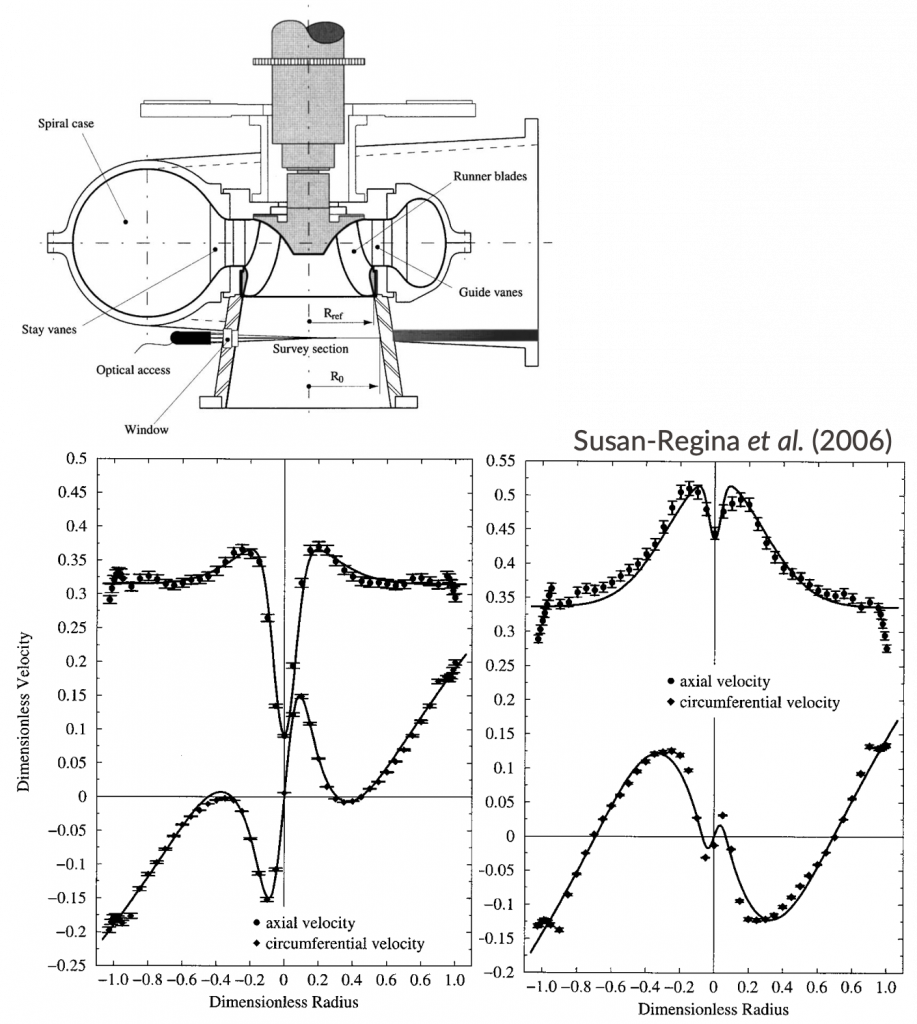
In this work, the boundary layer around the rotor-mounted fan is studied. By using the Blade Element method, the theoretical pressure gain is predicted and 3D RANS simulation is used to access the discrepancies between the theory and CFD and minimize the gap.
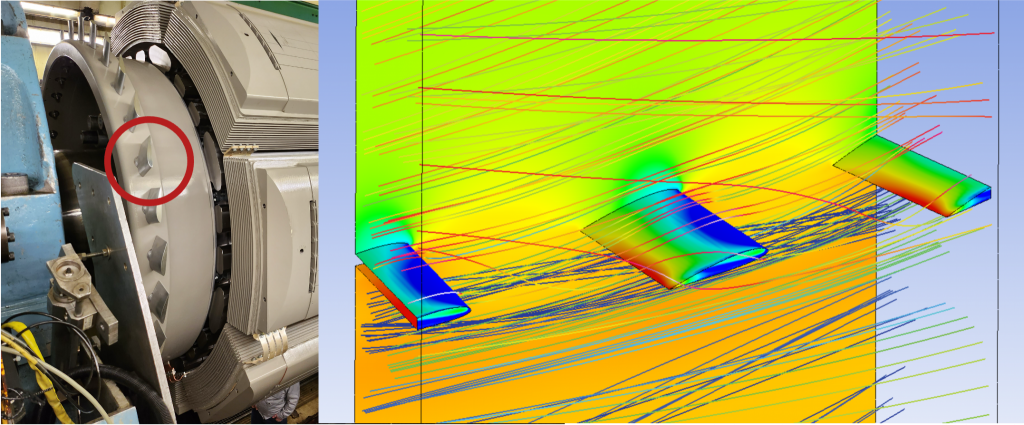
When vortices are subjected to an instability condition, characteristic instability patterns can be visible. By analyzing the growth rate and the instability eigenmode, the life of vortex can be predicted.
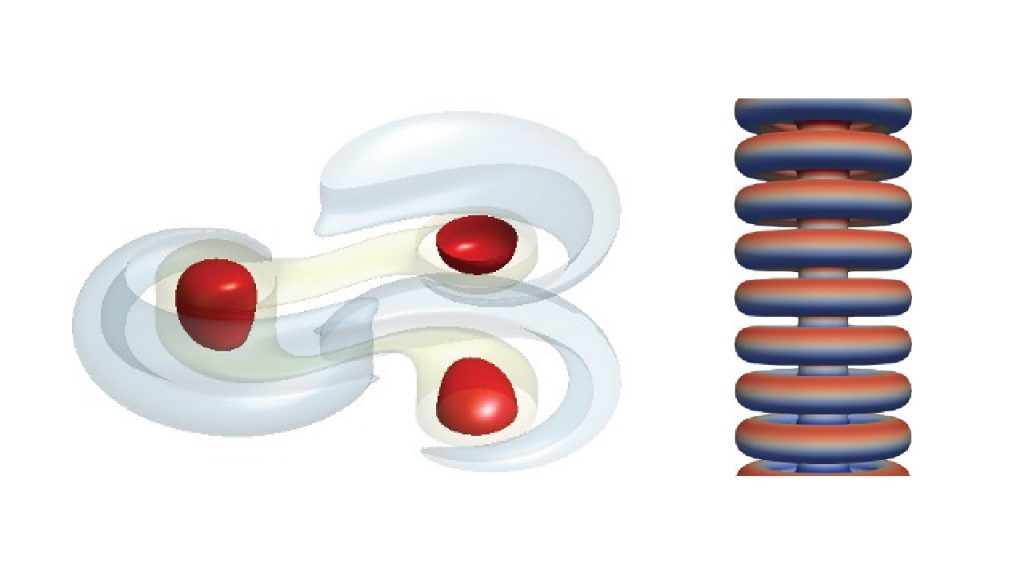
One of the passive control techniques is to analysis flow sensitivity and control them by manipulating the most sensitive flow field. The control can be optimized by setting the cost function and can be extended to geometry optimization.
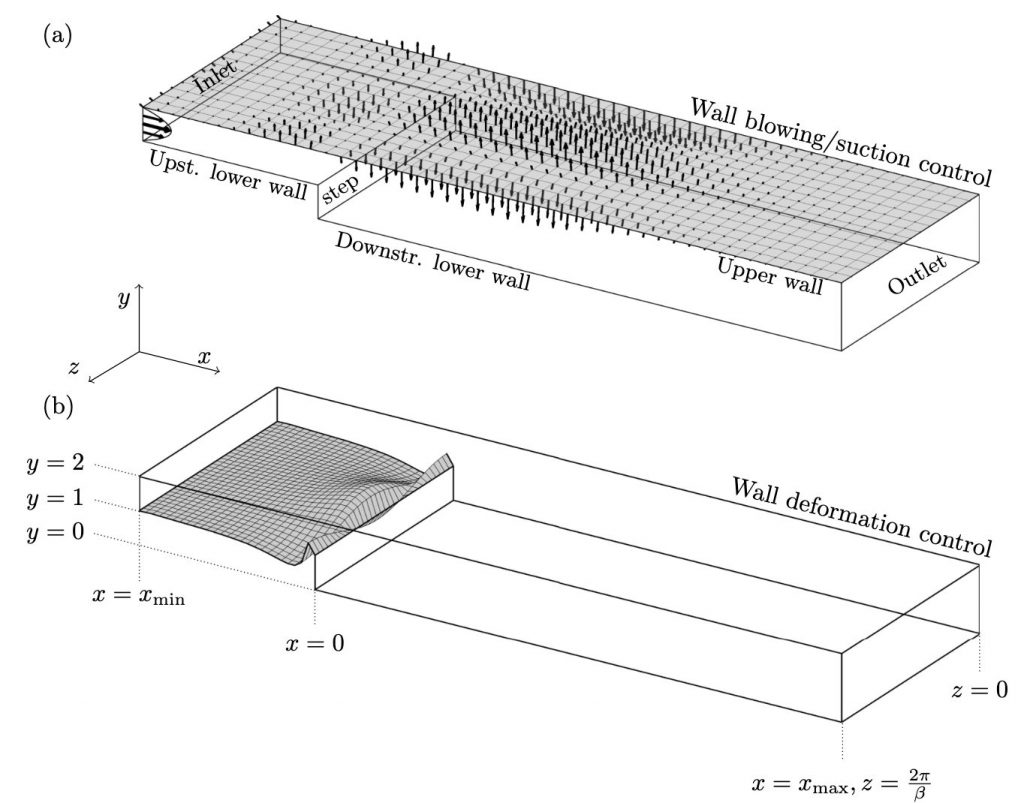
Simplified models in hydrodynamics are generally useful to understand the underlying physics or to obtain first results without spending large computational costs as for DNS. To derive simplified models for hydrodynamic applications, two methods are generally available: either rigorously by asymptotic analyses when one parameter is small or empirically based on heuristic assumptions. The asymptotic analysis assumes that the growth rate is small so that the perturbations are only marginally unstable. To overcome the limitation on the small perturbation assumption, semi-linear model (or self-consistent) model can be used.

In a rotating cavity, there exist two boundary conditions: rotating and stationary boundaries. While the stationary boundary gets unstable at low Reynolds number, the rotating boundary layer remains quite until it reaches onset Reynolds number for crossflow instability. At higher Reynolds number, the instability is followed by turbulences. By looking at the instability onset and their pattern selection mechanism, the transition to turbulence can be better understood.
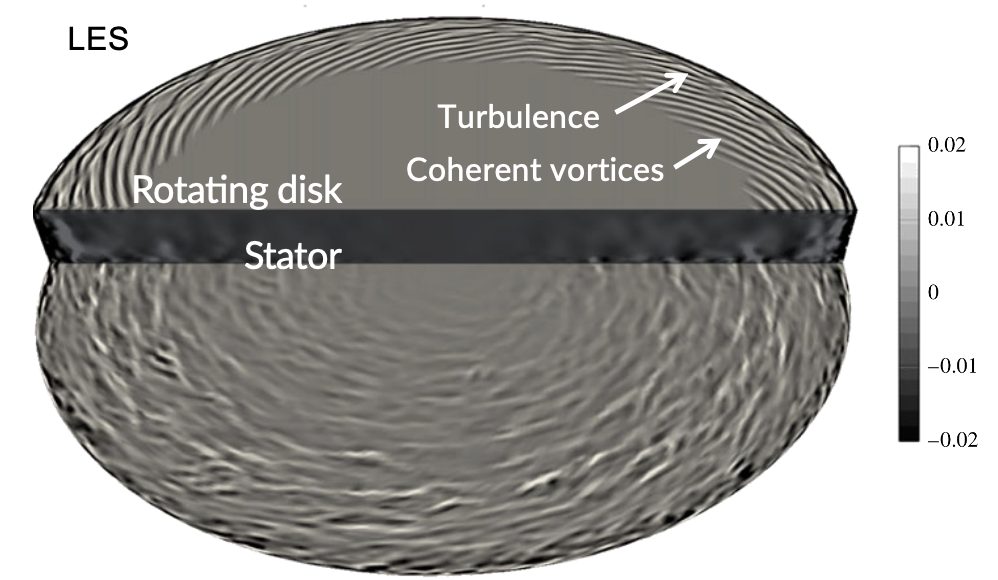
In hydro generators, the heat evacuation is one of the most challenging topics these days to have higher output and optimize the materials. The accuracy of the generator temperature prediction using simple thermal network model is crucial for the machine life and safety at early stage.